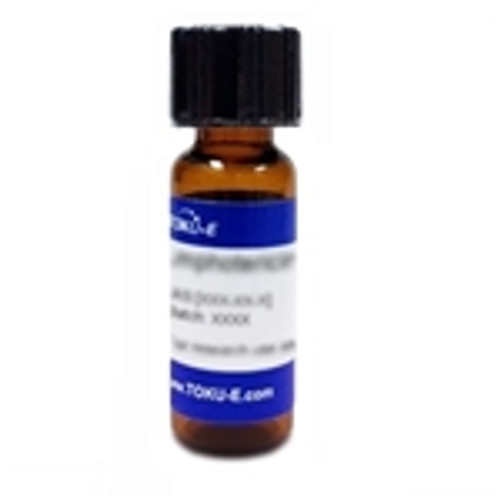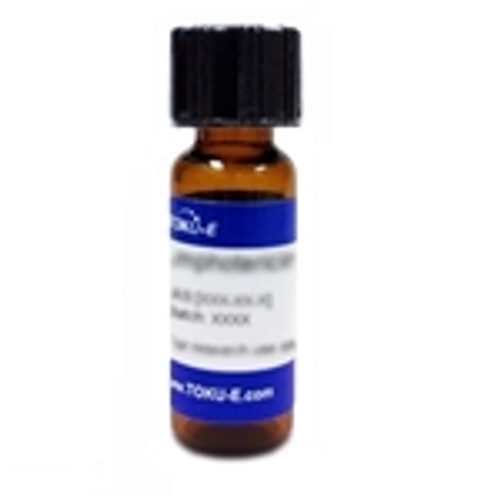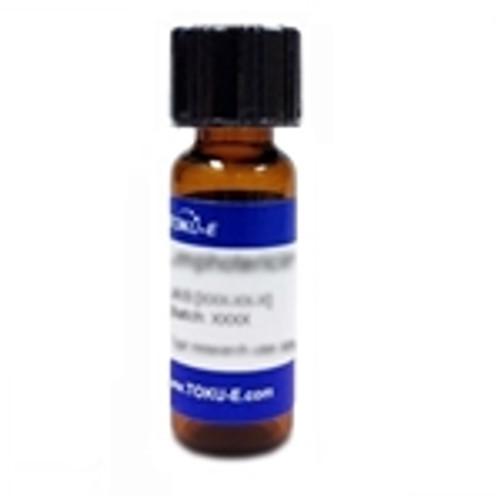Virginiamycin is a streptogramin, and a mixture of Virginiamycin M1 and Virginiamycin S1. The commercial mixture is 75% Virginiamycin M1 and 25 % Virginiamycin S1, along with less abundant S analogs. The two components of the mixture have differing solubilities, which can affect the binding to the 50S ribosome, which in turn influences the bacteriostatic effects. Virginiamycin is soluble in DMSO and DMF.
| Mechanism of Action | Virginiamycin inhibits protein synthesis, targeting to the 50S ribosome and inducing a conformational change at the peptidyl transferase center. Protein synthesis is inhibited in both actively growing and static bacterial cells. |
| Spectrum | Gram-positive bacteria, such as Lactobacillus spp. |
| Purity Level | >99% by HPLC (75% Virginamycin M1, 20% Virginiamycin S1, 5% Other minor analogues) |
| Microbiology Applications | Virginiamycin is used in bioproduction, specifically to reduce contaminating bacteria when fermenting yeast for bioethanol production. |
| Molecular Formula | C28H35N3O7 (for M1), C43H49N7O10 (for S1) |
| References | Bischoff KM, Liu S, Leathers TD, Worthington RE and Rich JO (2008) Modeling bacterial contamination of fuel ethanol fermentation. Biotechnol. Bioeng. 103(1):117-122 Crooy P and De Neys RJ (1972) Virginiamycin: nomenclature. Antibiot. 25:371 Parfait R and Cocito C (1980) Lasting damage to bacterial ribosomes by reversibly bound virginiamycin M. Proc. Natl. Acad. Sci. USA 77(9):5492-5496 Rich JO et al (2011) Rapid evaluation of the antibiotic susceptibility of fuel ethanol contaminant biofilms. Bioresour. Technol. 102 (2):1124-1130
|





